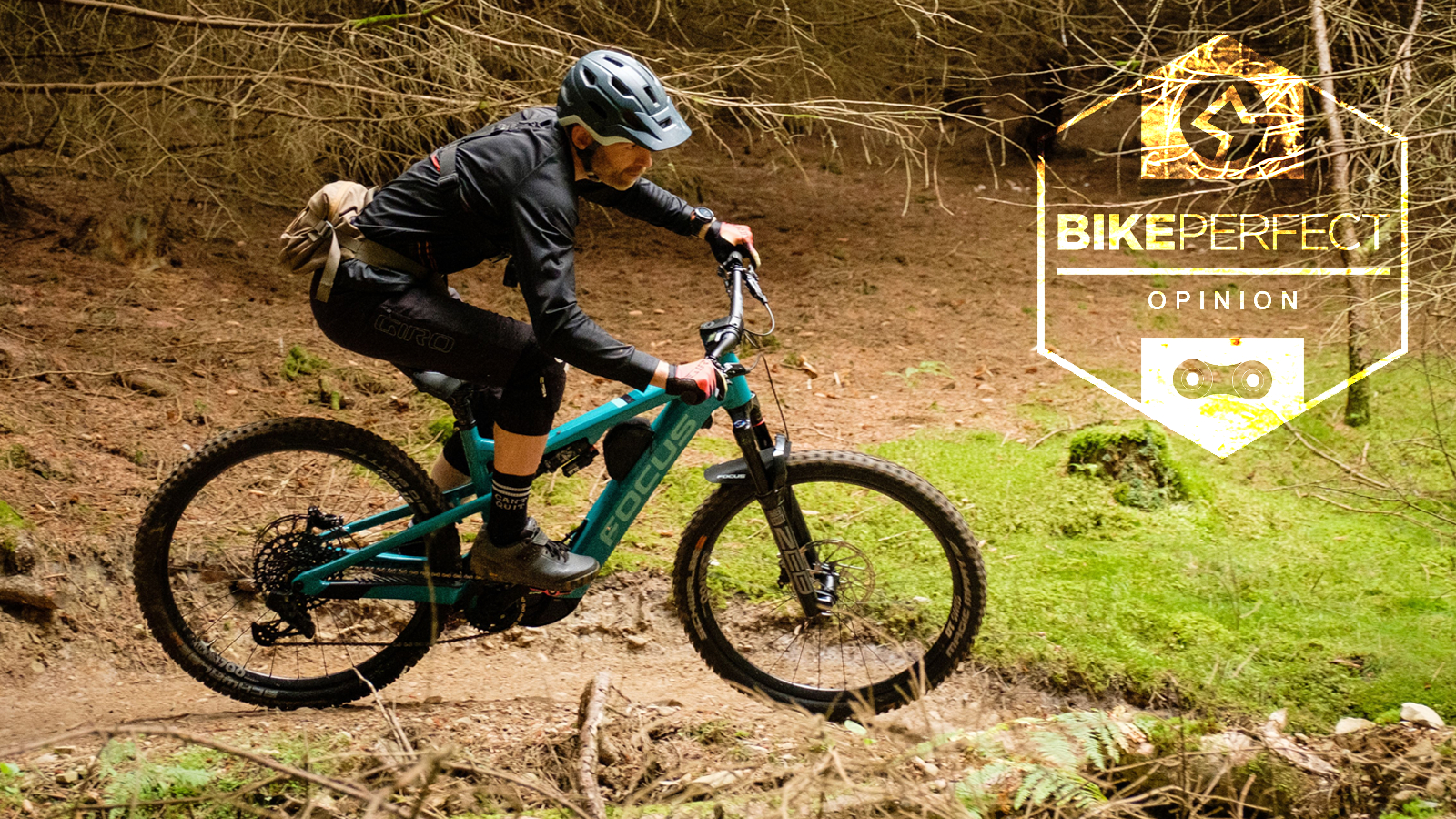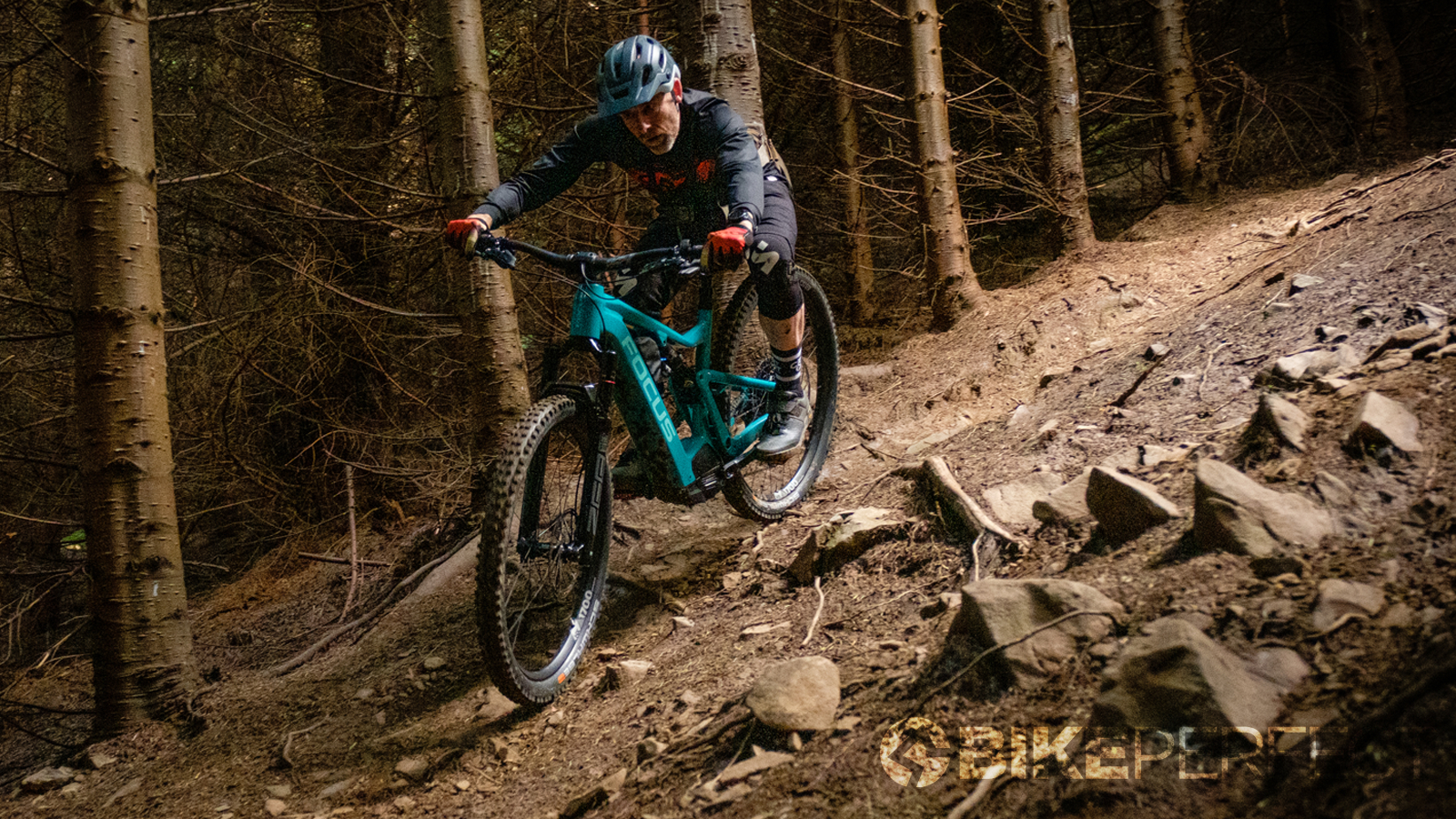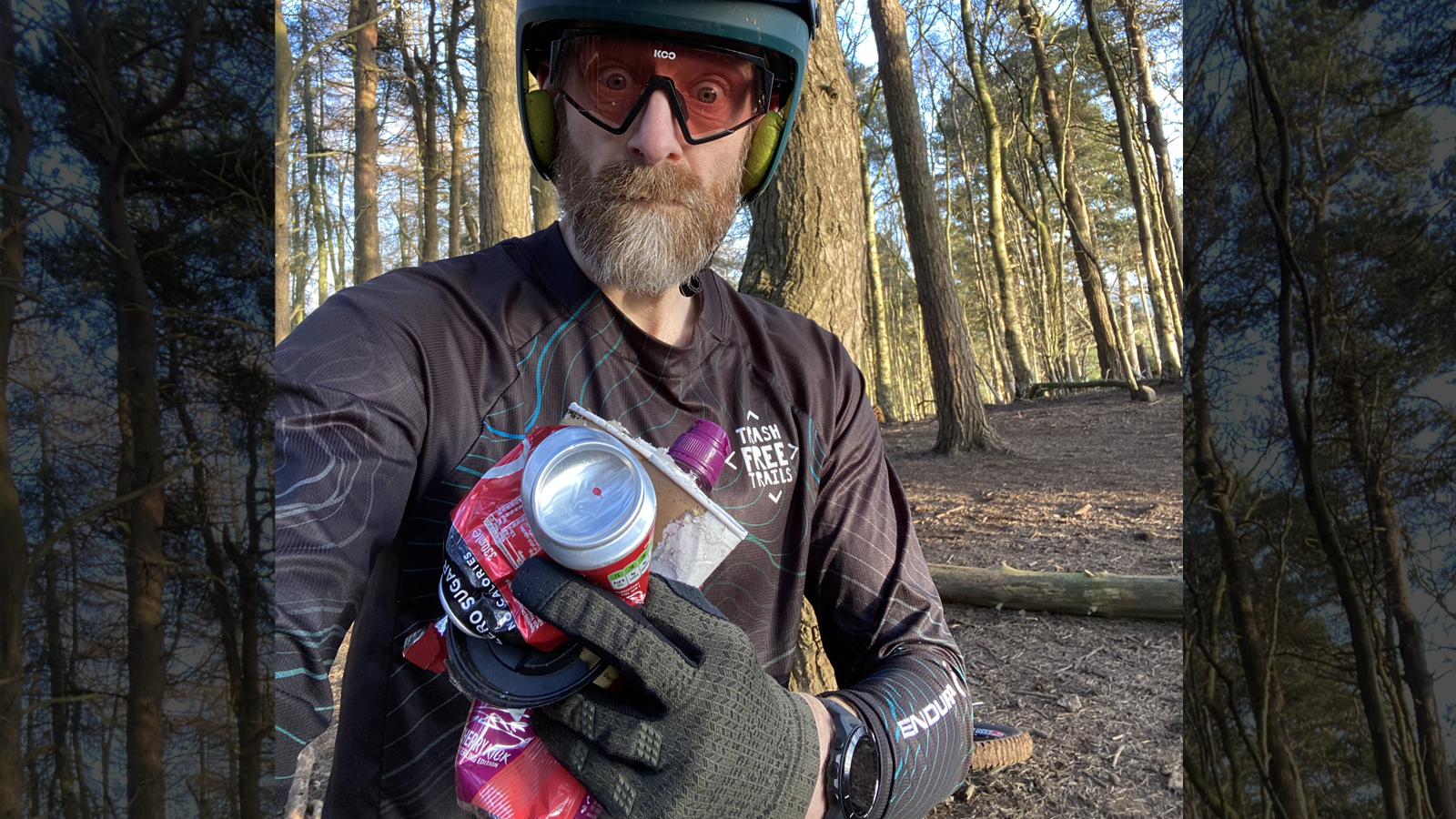Bespoken Word: New Year Resolutions
Guy Kesteven proposes we all do our bit to be better mountain bikers for 2022

More yoga in the mornings, less beer in the evenings, founding a donkey sanctuary while campaigning against global warming, etc. There are all sorts of commitments to betterment in 2022 bouncing around at the moment. But at a time when there’s more comment than ever on forums about ‘rider issues’, what actually are the ground rules that we should all be resolving to follow to make this new year a great one for us as riders and the overall perception of mountain biking?
Remember your past
It seems there’s something in the human psyche that means some people automatically have an issue with what newcomers are doing. Whether it’s ‘e-bikers’, local kids or ‘lockdown jockeys’, various groups are all being blamed for causing problems at the moment. And, to be fair, some of that is true because new people coming into any sport/community/tribe will bring new influences and change the way things are done. Thing is, that’s called evolution and it’s the same mechanism that turned us from fish into shoreline flappers and from monkeys into humans.
The other key thing to remember is that we’ve all been part of that new influx at some point. As a kid, I was rough stuffing around the moors on my road bike when MTBs first appeared from America. Maybe you got into MTB when DH separated from XC and things got fun again? Was it the first official mid 90s trail center loops that lured you off the couch and into the forests? Maybe it was building north shore in the woods that got you hooked? Or perhaps it took an electric motor or a pandemic that prevented you from doing anything but riding your bike in the local woods to get you into our scene? Wherever you started, you need to recognize that we all started somewhere and, at the time, we were probably part of a shift in how things were done.
There are all sorts of different comparisons and connections to make with other social, lifestyle or even economic movements, too, but let’s save getting lost in them for another time. For now, why don’t we concentrate on laying out some helpful guidelines for EVERYONE to think about, rather than magically expecting people to know mountain bike etiquette even if they’re totally new to being outside, not just being on a bike.

Be nice say "Hi"
The most crucial contact is always the first one. So whether it’s another rider, a rambler, a horse rider or a dog walker on the trail, give them a big smile and a cheery “Hi”, however sour they’re looking. We’re not saying you won’t still get some grumbles or “you shouldn’t be riding here” statements (regardless of that being right or not) it’s amazing how much a simple hello can automatically provoke the same response most of the time. If they’ve got a dog/horse/child with them then saying hello to that is a guaranteed warm fuzzy feeling multiplier, too.
Don’t just leave it there either. If they’re looking lost and you can help, then do it. If they’re failing to self-time a family picture offer to be the photographer. If it’s another rider who’s stopped, check that they’re okay and offer to help with any mechanical or other issues they might have. If they’re new to the area, suggest appropriate riding and just make them feel welcome.
Give people space
Mountain bikes are the fastest trail users and even when we’re still in control, we often don’t look it. That can make us a terrifying thing to come up against on a shared trail. That means never go faster than you can safely see/stop, even on a dedicated MTB trail. There could easily be a crashed/stopped rider or someone who doesn’t even know MTB trails are a thing, lurking just around a corner and even just scaring them, let alone injuring them, is helping no one. As soon as you do see someone, slow right down or stop and give them as much space as possible to get past you, deploying your best ‘Be nice, say hi’ smile in the process. And if you’re riding somewhere that’s so clogged with people that you can barely move, then you should probably pick another trail/time for your next ride.
Respect other riders, too. It’s fine to rub tires and elbows with your mates if that’s what you’re into, but don’t tailgate or buzz other riders. If you catch someone up on the trail then tell them politely you’re there and wait for them to pull over. If they’re clearly nervous (or nursing someone else who is down the trail ahead of them) then put yourself in their shoes and just pull over and wait. Otherwise, that person you’re following is likely to get stressed and go even slower or even crash which will slow you down even more. And for the record, your potential Strava time for that segment never gives you the right of way and you’re far more likely to be remembered for being a KNB than getting a KOM.

Respect the trail
Strava doesn’t give you the right to ruin trails by straightening/shortcutting corners or flattening obstacles either. Trail centers are built to give a specific flow and speed and ‘wild’ trails have almost certainly been created to be interesting not just an idiot freefall. Straight-lining sections can cause serious water damage and braking bump issues too, so just learn to ride properly and find your satisfaction in skill not cheated speed. If you want to go a step further, then make a conscious effort to block any shortcuts you see appearing with whatever logs, rocks or scrub you can find before they become the default line.
If you’re riding out in the countryside respect the fact it’s a working environment. Always leave gates as you find them, don’t spook livestock and stick to legal trails. We mean the proper legal right of way (bridlepath, RUPP or BOAT in the UK) trails too, not ones you’ve seen on YouTube, or sections built for once-a-year race use.
Minimize trail damage by riding according to conditions, too. Avoid soft runs when it’s wet or they’ll just get too trenched and washed out to be rideable. Go through puddles, not around them or you’ll just create a massive swampy eyesore that ramblers and landowners can use as ammunition to close trails entirely.
Be aware that having a bike doesn’t mean you can ignore the nastier side of nature either. In fact, it makes getting out into potentially dangerous areas much easier. Especially if you’ve got a motor and a battery but have no idea how to read a map or realize that route you downloaded to your phone is fundamentally flawed. That means you need to dress, pack and plan according to the worst possible weather, not just so you look sick on Instagram.
Do your bit
Taking care of your trails should be part of every riders program, too, but – and I’m including myself here – far too many of us just take them for granted or think “Next time I promise”, when they see a trail crew or dig day announcement from their local group. I’m already guilty of missing the first Singletraction dig of the year at Stainburn for family reasons, but I’m aiming to get back into digging as much as I was a decade ago. Partly just to pay back but also because the feeling of riding a bit of trail that you’ve helped repair or create is absolutely awesome. You don’t have to wait for formal dig days either. Draining a puddle with a stick, armoring a swamp with some rocks or moving branches that have come down in a storm can take a few minutes on a group ride but make a big difference in keeping places rideable.
Don’t assume you can just stick a spade in or build a berm/jump anywhere though. Get involved with your local trail group to create safe and sustainable riding that landowners are okay with. Otherwise, you risk getting whole areas shut down and decades of careful crafting demolished overnight because you’ve schralped a nature reserve or some crashed kid’s parents have sued the landowner.

Pick it up
Trash Free Trails have an awesome program based around trail clear-ups and we thoroughly recommend you get involved with it if you can, but you can do your bit every time you ride anyway. Whether it’s the trailhead or where you stop when riding, have a look around, pick up any litter you can see and stick it in your pocket or pack so you can bin it later. If there are any other trail users around then make as much of a show and fuss about it as possible too so they know it’s the MTBers that are cleaning the place up.
Respect the bigger picture
We need to realize we have a much bigger impact than discarded Red Bull cans and energy bar wrappers. Where we park and how we behave before/after a ride has a massive effect on how local communities view us. On a positive note, busy petrol stations, corner shops, pubs, cafes/restaurants and accommodation have made MTB a major economic boost for areas like South Wales or the Tweed Valley. Trashing grass verges by the local jump spot in your MTB stickered van, blocking vital emergency service access on forest roads, mooning old majors when you’re getting changed in a quiet village on a Sunday morning, or whooping and swearing like it’s Crankworks as you burst off a badly designed descent onto a fire road busy with families is exactly why some people hate us though.
Spread the love
And I don’t think hate is too strong a word either, as there has always been a lot of people hell-bent on stopping us riding off-road, whether that’s through legislation or stringing barbed wire across trails at neck height. The recent explosion in the number of people riding or crowding into the countryside doing other things has inevitably ramped up the resistance, too.
The good news is that we can all personally resolve to make a real positive difference in how MTBing is perceived and how welcome we’ll be in the woods and wilds in the future. And while this subject is something that I’ll be regularly going into in a lot more depth here over the year, just remember that making a difference starts with something as simple as a smile and a hello.

Guy Kesteven has been working on Bike Perfect since its launch in 2019. He started writing and testing for bike mags in 1996. Since then he’s written several million words about several thousand test bikes and a ridiculous amount of riding gear. He’s also penned a handful of bike-related books and he reviews MTBs over on YouTube.
Current rides: Cervelo ZFS-5, Specialized Chisel, custom Nicolai enduro tandem, Landescape/Swallow custom gravel tandem
Height: 180cm
Weight: 69kg
